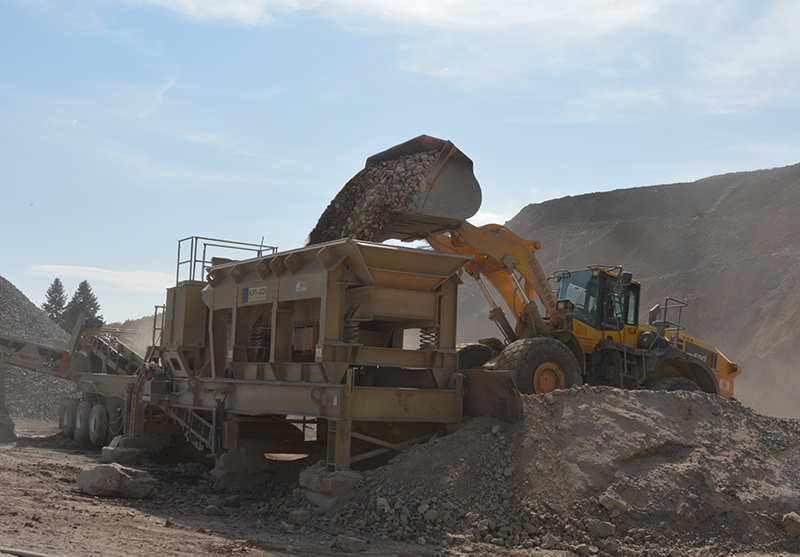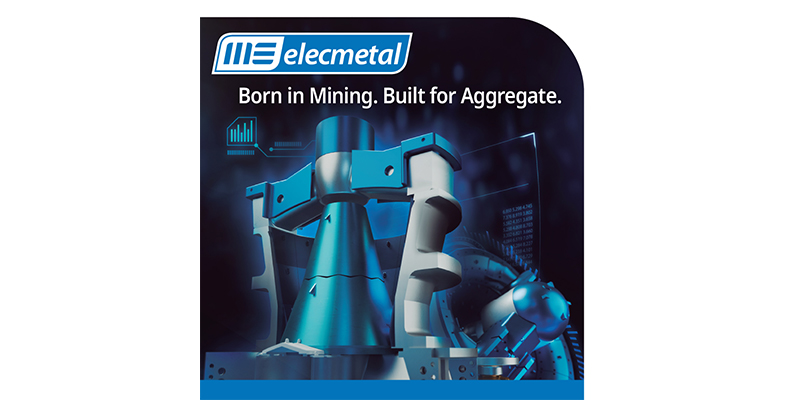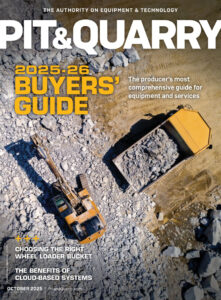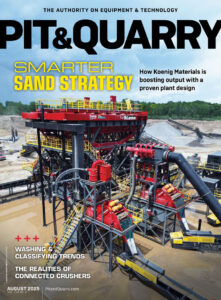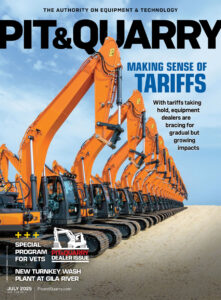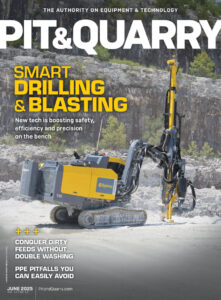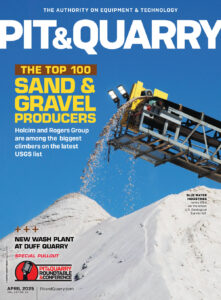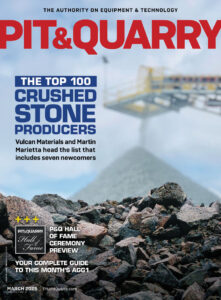
Has 2025 been the year you expected?
I’m guessing most aggregate producers would say “yes” now that we’re two-thirds of the way through it.
Aggregate shipments aren’t off the charts, but producers are enhancing the value of their products through price increases and cost management.
Infrastructure is fueling demand for aggregates, and data center growth has been a boon in some regions. The residential market continues to lag other core aggregate-intensive markets, but the ongoing housing shortage remains an opportunity in waiting.
Overall, the current demand environment for materials is giving producers the confidence to invest in their businesses. Merger and acquisition activity picked up this summer, for instance, with several big deals made public.
Additionally, producers are still pursuing capex projects, although some are stretching them out in phases rather than completing them in one year.
The workforce remains pain point No. 1 for the industry, but producers continue to gut through shortfalls – with technology serving as a workaround of sorts. Fundamental change is needed if producers are going to have a reliable worker pool in the coming years. Fortunately, the needle is moving in the direction of trade jobs – a critical development with another wave of retirements coming in the not-so-distant future.
Other perspectives
The second-quarter earnings reports from the industry’s public producers helped shaped some of these views.
Brief summaries of these appear on page 10, with more depth on producer performances at pitandquarry.com/roadtoprosperity. Here’s what three executives had to say as they assessed the state of the industry at midyear:
■ Brian Gray, Knife River: “We remain focused on price optimization, cost control and executing on our record backlog. Our nation’s roads need repair, funding levels are at or near record levels in most of our markets, and we continue to improve our business through our EDGE initiatives. Knife River is resilient, and we believe we are well-positioned for long-term success.”
■ Tom Hill, Vulcan Materials:“Despite weather challenges, our pricing discipline and excellent cost performance have led to a 13 percent increase in aggregates cash gross profit per ton, a 16 percent improvement in adjusted EBITDA (earnings before interest, tax, depreciation and amortization) and adjusted EBITDA margin expansion of 260 basis points through the first half of the year.”
■ Ward Nye, Martin Marietta: “Infrastructure activity remains robust, underpinned by sustained record levels of federal and state investment. In nonresidential, accelerating data center development and a warehouse recovery are contributing positively to near-term demand, partially offsetting relative softness in interest rate-sensitive light commercial construction. We expect residential construction demand to remain subdued until ongoing affordability headwinds improve.”

